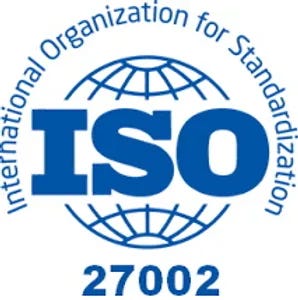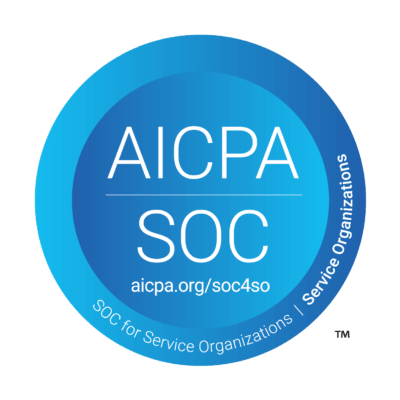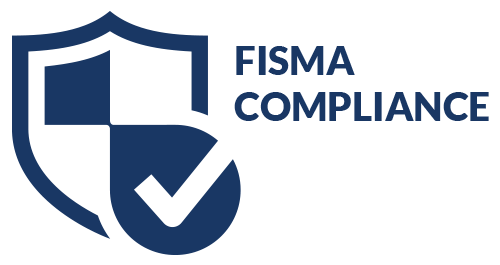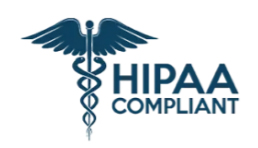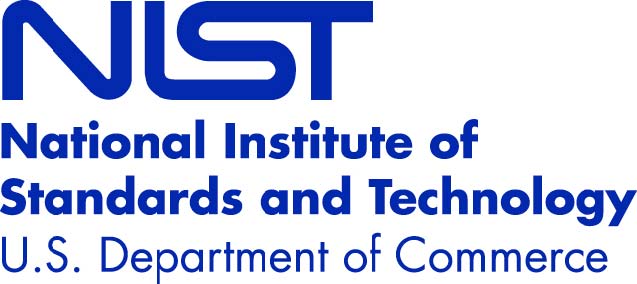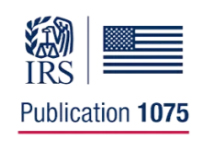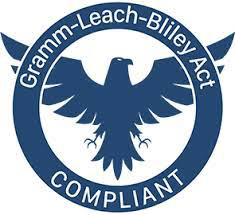Governments are increasingly cash-strapped.
There is good news and bad news for government revenues in 2018. The Wall Street Journal reported that, while taxpayers are generally pleased with the reduction to their annual tax payment under the current administration, government revenues went down overall by seven percent in June. This includes a reduction in gross corporate and payroll taxes.
There’s an irony as the federal government pushes for tax cuts for corporations, the federal deficit is experiencing a corresponding increase. The New York Times says the business tax cut went down to 21 percent from 35, raising the deficit even higher than economists have predicted. Could government staff cuts be far behind?
This is adding to our overall economic pressures on federal, state and local governments. As these entities try to cope with less cash on hand, how will they handle administrative tasks with less staffing and resources?
This article looks at how these issues, coupled with the growing cost of healthcare and retirement benefits, are placing additional burdens for administrators at the state and municipal level. How can these entities continue to function as a lack of staff and resources create a backlog of administrative work?
Administrative Shortfalls and Accounts Receivable Management
Being cash-strapped is nothing new at the state and municipal level. The concept of doing more with less has been a mantra for years, and the pressure to contain costs while improving operational efficiency is very high.
U.S. healthcare costs alone are placing an undue burden on an already-weary system. The cost of healthcare has continued to climb, and experts predict an influx of aging Baby Boomers by 2025 will put unprecedented pressure on reimbursement systems like Medicare and Medicaid, not to mention Social Security. It is expected that medical debt will increase; currently, more than 60% of all bankruptcies are tied to this phenomenon.
The average American is paying less in taxes, but this means government administrators must do more, with less income.
High debt and financial struggles are not only a systemic issue in the United States; USA Today reports that even the American middle class has high debt and no savings to speak of. While take-home pay is a little higher, it has not kept pace with inflation.
It makes sense that, as consumer debt increases there will be a correlating increase in past due accounts receivable management for taxes, municipal utility bills, and more at both the state and federal levels. In an era when states are already working with a shoestring budget, and with fewer tax revenues coming in, how will these organizations cope? Could debt recovery services be an answer to accounts receivable management in the future?
TSI and Accounts Receivable Management
For more than 35 years, TSI has helped government agencies at the state, municipal, and federal level do more with less by providing outsourced debt recovery services. During this time, we have frequently partnered with the government on accounts receivable management by providing compassionate and effective debt recovery service. Our debt recovery programs have captured more than $700 million annually at a time when administrators are scraping every penny and streamlining every workflow possible. TSI offers a strong partnership with proven experience to collect past due debt while still maintaining a positive relationship with constituents. To learn more about government debt collection, contact us.
Want to learn more about TSI? Fill out the form and a TSI representative will contact you shortly.
